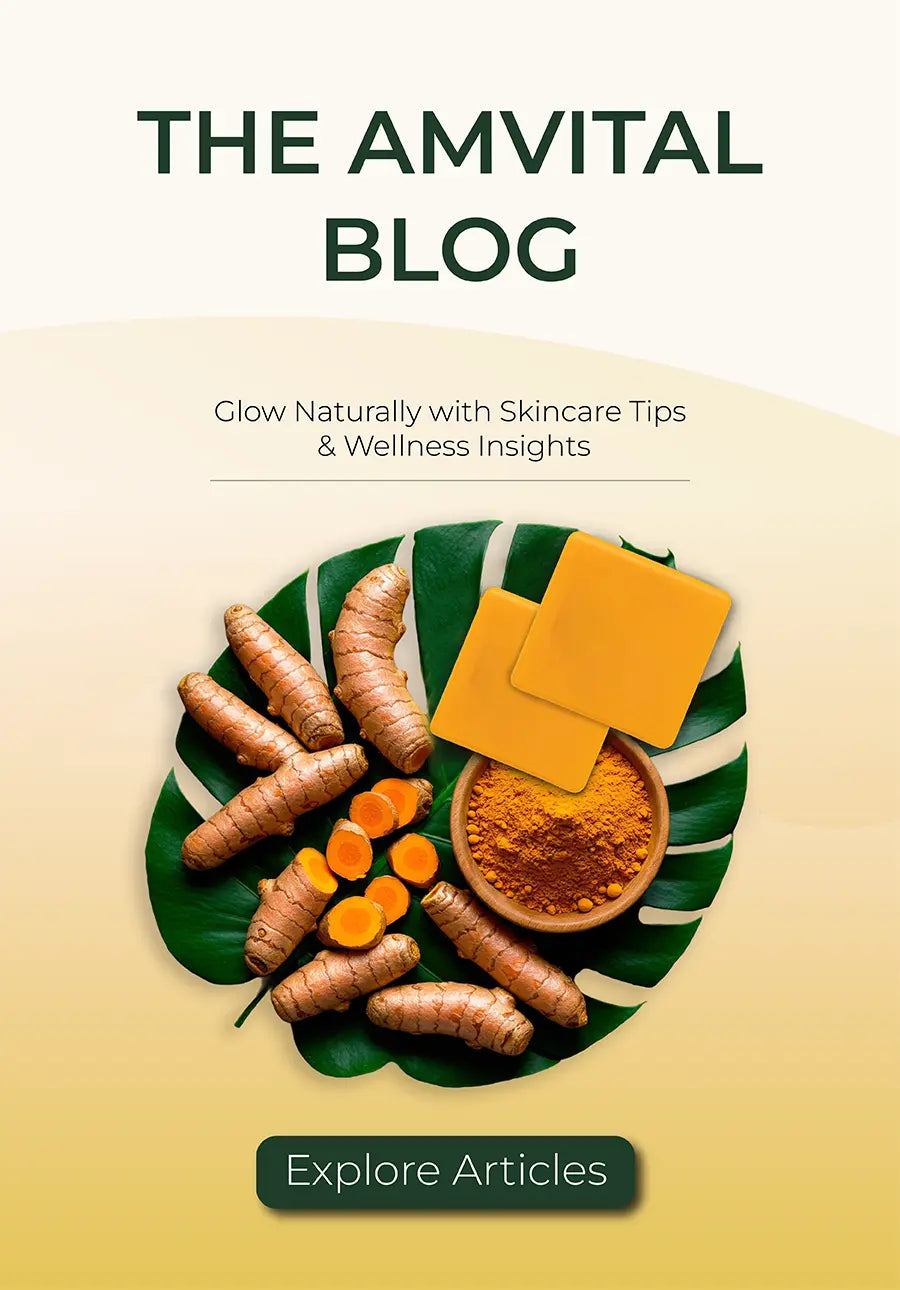Published December 16, 2024
Are you frustrated with dry, lackluster skin? Hyaluronic acid (HA) is popular in skincare routines worldwide. It has remarkable hydrating properties. HA enhances skin texture and elasticity. Don't let your skin suffer any longer—give it the care it deserves with the benefits of hyaluronic acid!
In this article, we'll explore what hyaluronic acid is. We’ll discuss its numerous benefits for the skin. Learn how to use it effectively in your skincare routine. We'll also discuss valuable tips for choosing the best hyaluronic acid serum. Don't miss out on these insights—read on to learn more!
What Is Hyaluronic Acid?
Hyaluronic acid is a sugar molecule naturally present in the skin, connective tissues, and eyes. It's a lubricant that maintains skin moisture levels by attracting and retaining water molecules. This moisture-retaining ability is essential for keeping the skin plump, smooth, and youthful.
Additionally, hyaluronic acid aids in wound healing, tissue regeneration, and reducing inflammation. Its exceptional ability to bind water makes it popular in skincare. It enhances skin texture and overall health.
How Does Hyaluronic Acid Work?
Hyaluronic acid is known for its moisture-retaining capabilities. It's essential for keeping skin hydrated, plump, and youthful. This naturally occurring substance can hold up to 1,000 times its weight in water, making it an exceptional hydrating agent.
As a humectant, it hauls moisture from both the environment and deeper skin layers to the surface, enhancing overall hydration. This supports a healthy moisture barrier and reduces fine lines and wrinkles, the signs of skin aging. The result is smoother, more supple skin. Hyaluronic acid suits all skin types, including sensitive and acne-prone skin. It offers a non-irritating way to enhance skin health.
Benefits Of Hyaluronic Acid
Hyaluronic acid is a potent skincare ingredient with notable benefits. It maintains skin hydration, elasticity, and overall health. Attracting and retaining moisture keeps the skin plump, smooth, and youthful, making it essential in many beauty routines. Its versatility and effectiveness are well-known, and it has become a staple in many products, including serums, moisturizers, masks, and injectables.
Hydration. Hyaluronic acid excels at binding water, ensuring continuous skin moisture. Hydrated skin looks healthier and more radiant. HA is capable of holding up to 1,000 times its weight in water, providing hydration throughout the day.
Enhanced elasticity and firmness. By hydrating the skin, HA maintains elasticity and firmness and reduces fine lines and wrinkles. Regular use of hyaluronic acid improves skin texture and resilience, making it look firmer and more youthful.
Wound healing. HA speeds up wound healing. It controls inflammation and promotes new blood vessel growth in damaged areas. It helps recover minor cuts, abrasions, and more severe conditions like ulcers and burns.
Suitable for all skin types. HA is gentle and compatible with all skin types, including sensitive and acne-prone skin. Its non-irritating nature is ideal for delicate skin, and its non-comedogenic properties ensure it won't clog pores. This versatility makes hyaluronic acid an excellent choice. It enhances any skincare routine, regardless of skin concerns.
Incorporating hyaluronic acid into skincare products offers many benefits. It's a valuable ingredient for achieving healthy, youthful skin and helping maintain a youthful look.
How To Use Hyaluronic Acid
To boost the benefits of your hyaluronic acid serum, apply it to clean, damp skin. First, spritz your face with thermal water or a facial mist to keep it moist. This helps the serum bind to water and boosts its hydrating effects.
Use your fingertips to press the serum into your skin for even coverage gently. After it absorbs, apply a moisturizer. This locks in hydration and creates a protective barrier. It prevents moisture loss and maintains your skin's plumpness throughout the day. For best results, use the serum both morning and night as part of your skincare routine.
When To Apply Hyaluronic Acid?
How often to use hyaluronic acid? Use a hyaluronic acid serum in your morning and evening routines for optimal results. This versatile ingredient pairs well with most skincare components, such as vitamin C, retinol, AHAs, and BHAs. After cleansing (and toning if you prefer), apply your HA serum, then a moisturizer, and don't forget sunscreen in the morning. After exfoliating twice a week, hyaluronic acid is perfect for soothing the skin.
Longevity Of Hyaluronic Acid
Does hyaluronic acid expire? Hyaluronic acid serums generally have a shelf life indicated by the expiration date, often up to three years. However, HA is sensitive to air, light, and temperature changes. Its potency can significantly diminish within a few months after opening. This degradation happens because exposure to these elements breaks down the molecular structure of hyaluronic acid. As a result, it becomes less effective in retaining moisture and providing hydration.
For maximum effectiveness, choose products in airtight containers. Opt for opaque packaging to minimize exposure to air and light. Store these serums in a cool, dark place to maintain their stability. Some brands add stabilizing agents to their formulations. This helps extend the longevity of hyaluronic acid. Check the ingredient list for these additions.
What To Look For In The Best Hyaluronic Acid Serum
When choosing a hyaluronic acid serum, it's essential to consider the following factors to select the best product for your skin:
Multiple molecular weights. Opt for serums containing various molecular weights of hyaluronic acid (HA). Low-molecular-weight HA penetrates deeper into the skin, providing hydration and structural support. High-molecular-weight HA forms a surface film, helping prevent transepidermal water loss (TEWL).
High hyaluronic acid concentration. Choose serums with high hyaluronic acid concentration. This ensures intense hydration and effectiveness.
Minimal fillers and preservatives. Choose products without unnecessary fillers and preservatives. This reduces irritation risk and preserves the potency of active ingredients.
Protective packaging. Ensure the packaging shields the serum from light. Protect it from the air as well. Both can degrade hyaluronic acid. Opt for products in opaque or airtight containers to preserve stability and effectiveness.
Ingredient compatibility. Make sure the serum is compatible with other skincare ingredients you use, such as vitamin C, retinol, AHAs, and BHAs. Hyaluronic acid generally works well with most common skincare actives.
Clean formulations. If you prefer clean beauty products, choose serums with minimal synthetic additives. Focus on pure, active ingredients.
Choose a hyaluronic acid serum with these qualities. You'll maximize its benefits, keeping your skin hydrated, plump, and healthy.
Frequently Asked Questions About Hyaluronic Acid
Should I apply hyaluronic acid to dry or damp skin?
For best results, apply hyaluronic acid to damp skin. This allows the HA to attract more moisture and boost skin hydration.
Can I use hyaluronic acid serum with other skincare products?
Hyaluronic acid is compatible with most skincare ingredients, including vitamin C, retinol, AHAs, and BHAs. It also soothes the skin after exfoliation.
Will hyaluronic acid make my skin oily?
No, hyaluronic acid does not make your skin oily. Instead, it hydrates without adding excess oil, making it suitable for all skin types.
How long does it take to see results from hyaluronic acid serum?
Results vary, but many users notice improved hydration and smoother skin within a few weeks of consistent use.
Elevate Your Skincare With Hyaluronic Acid
Hyaluronic acid is a robust ingredient that provides numerous benefits to the skin, such as deep hydration, improved elasticity, and faster wound healing. Incorporating an HA serum into your daily skincare routine can help maintain a youthful complexion. For optimal results, select a product with a blend of HA molecular weights and store it correctly to preserve its efficacy. Ready to elevate your skincare regimen? Try an HA serum today and experience the difference!
Enjoyed this article? Share it!
Unlock the Power of Turmeric With AMVital Products
Experience the transformative effects of AMVital's meticulously formulated turmeric-infused products. Indulge in the luxurious goodness of our expertly crafted skincare and haircare range. Harness the incredible natural benefits of this golden spice and discover the remarkable power of turmeric. Explore our shop now and unlock radiant, healthier-looking skin and hair. Visit our shop to experience AMVital's finest turmeric products.
This Content Has Been Reviewed For Factual Accuracy
The information presented here has been meticulously checked by our internal experts. To learn more about our rigorous editorial process, you can click here.
About The Author
I'm Corinne Grace, a passionate writer for AMVital.com. I create articles based on sound scientific evidence to help you make healthy decisions. As a nurse, I've been on the front lines, seeing the critical importance of accurate information.
















